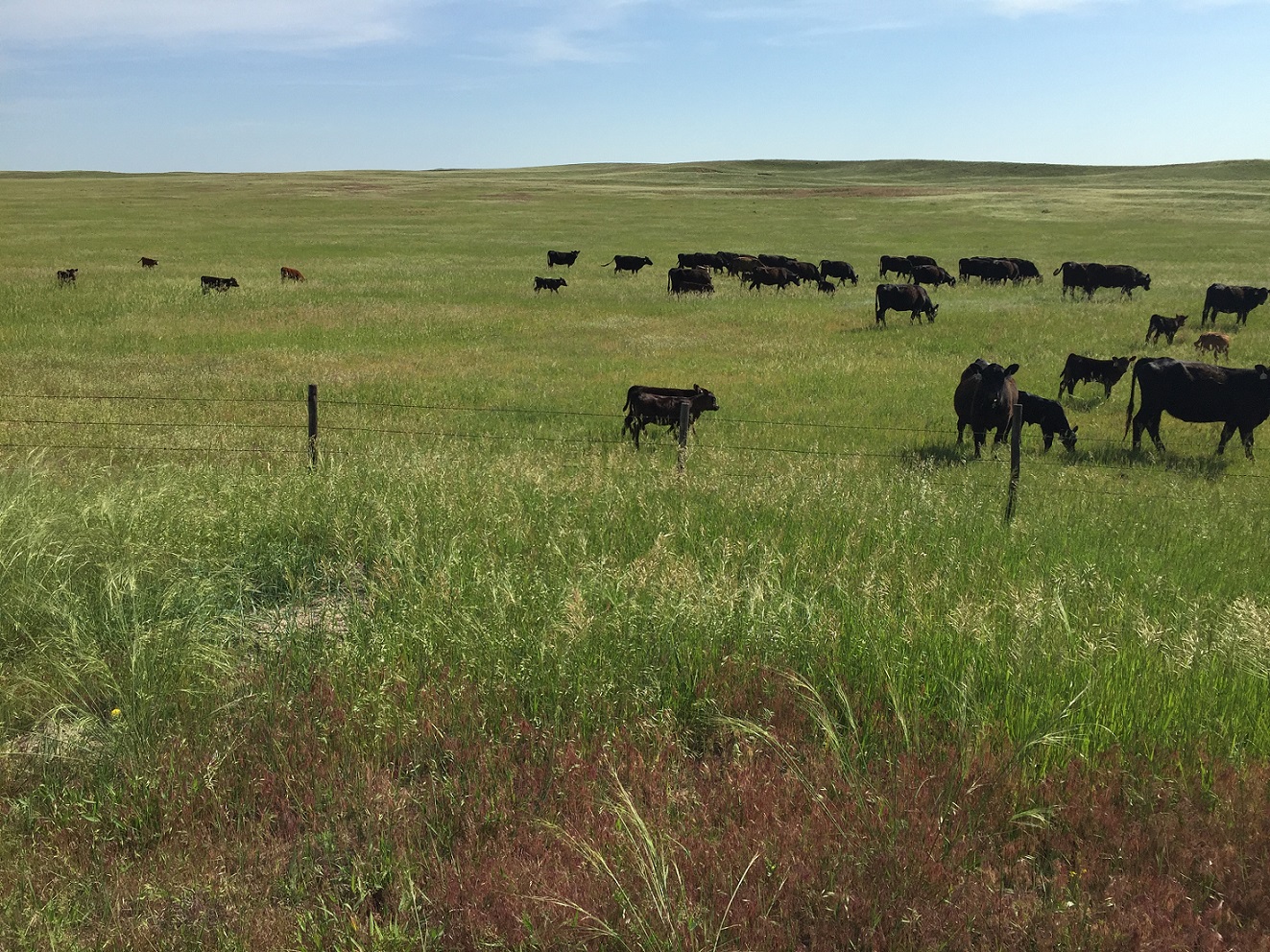
By Jay Parsons, Department of Agricultural Economics, University of Nebraska-Lincoln
Calves are on the ground and cattle are out to pasture. Hopefully, your calving season went well and the grass is green as you look forward to a good production season.
Unfortunately, cattle markets have declined over the last couple of years and protecting profits has become a bit more challenging in the current market environment. As we have discussed in this newsletter in the past (see http://newsroom.unl.edu/announce/beef/4731/27511), maintaining and updating a marketing plan brings discipline to the marketing process that is often rewarded in times like these. Most importantly, it helps producers think through realistic marketing goals and consistent strategies to increase the likelihood of success.
What does success look like in a marketing plan? People generally judge success in a marketing plan based upon what could have been. They compare the price they could have received versus the price they actually received which isn’t really fair. Rarely do our marketing decisions lead to getting the best price absolutely possible. We should judge success in a marketing plan based upon how well it helped us achieve our marketing goals. And, when it comes to managing risk, our marketing goals should be more than just getting the highest price possible.
In a down market, what are some goals to set for a marketing plan? Current Chicago Mercantile Exchange (CME) futures prices for October feeder cattle are around $145 per hundredweight (cwt.). Historically, how accurate are early summer forecasts for October feeder cattle prices. Table 1 ( http://go.unl.edu/cuhk) would suggest “not very.” Even though on average it is not that far off, in any given year, it is likely to be quite a bit different.
The current CME Feeder Cattle cash settlement index is around $152 per cwt. If that also turned out to be the settlement price at the end of October, it would be about $7 higher than the current futures price contract for October. That would make the current CME futures price for October a more accurate forecast than it has been for the last five years. Obviously, these markets are risky and uncertain which is why we need a plan to address it.
At this point, we are in a relatively down market compared to a couple of years ago. Inventories are up 3-7% depending upon which segment of the market you are looking at and supply is strong given the current sales of retail beef. Most of this information is already priced into the market place. Marketing plans should be concerned with limiting potential downside risk, but they should also leave open the possibility of benefitting from potential upside movements in the market. Put options and Livestock Risk Protection (LRP) insurance contracts offered by the USDA Risk Management Agency (RMA) are two tools that might be used to implement marketing plans to this effect.
Table 2 (http://go.unl.edu/hez6) shows how LRP Feeder Cattle insurance contracts would have performed for Steers Weight 1 from 2012-2016. In this example, 85% of the upward price movement in the good years of 2013 and 2014 is captured in the bottom line after subtracting off the LRP premium payment. Meanwhile, only 46% of the downward price movement in the bad years of 2012 and 2015-2016 are captured in the bottom line after adding in the net LRP effect.
Knowing your production costs and cash flow needs are important components of determining the need for downside price risk protection. Understanding the market situation and knowing the right tools to use will help you reach your marketing goals.
Readers interested in learning more about using LRP insurance are encouraged to visit the RMA website (http://www.rma.usda.gov) or access the Nebraska Extension NebGuide “Livestock Risk Protection for Feeder Cattle” at http://extensionpublications.unl.edu/assets/pdf/g1723.pdf.
Jay Parsons
Farm and Ranch Management Specialist
Department of Agricultural Economics
University of Nebraska–Lincoln
jparsons4@unl.edu
To listen to BeefWatch podcasts go to: https://itunes.apple.com/us/podcast/unl-beefwatch/id964198047 or paste http://feeds.feedburner.com/unlbeefwatch into your podcast app.